COMPANY INSIGHT
Sponsored by: Carroll Technologies
Projects
In time: the world’s
biggest mines
Across the world, mine sites have increased in size as the years have passed, transforming into the gargantuan chasms of today’s operations. In this timeline, Molly Lempriere looks at some of the world’s biggest mines through time


2650 BC
Grimes Graves, Britain
In Norfolk, England, lies one of the best preserved and largest Neolithic mine sites. Grimes Graves is a pock-marked area home to more than 400 pits, where flint was mined for tools and weapons 4,500 years ago. The mine’s shafts stretched down just 13m to small subterranean galleries where miners used picks made of antlers to extract flint.
Mining in the area probably continued until 2100 BC, but likely recommenced a number of times throughout history.


100 BC
Las Médulas, Spain
Located in the south of Spain, the Las Médulas gold mine was the largest in the Roman Empire. The site covered 5,457 acres (22km2) and operated for two centuries, before the area was abandoned. This means that the site has remained relatively untouched since operations ended, offering an excellent example of Roman hydraulic mining, which, following the collapse of the Empire, would not be seen in any form again until the 1800s. It is now listed as a UNESCO world heritage site.

968 AD
Mines of Rammelsberg, Germany
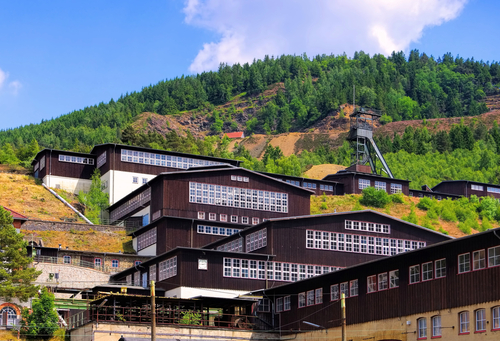
The mines of Rammelsberg are some of the longest ever running mining operations, first mentioned in 968 AD. Situated by the town of Goslar in Germany, they were some of the only large scale mining operations during the Middle Ages, and include the Upper Harz mining water management system developed by Cistercian monks.
Spanning more than 1,000 years, the mine site has been owned by dozens of parties, including Emperor Otto the Great, the Holy Roman Empire and the Nazis. The site covers 1,009.89 hectares (10.1km2) and produced copper, lead and tin continually, right up until the 1980s.
1200s
Great Pit at Falun, Sweden
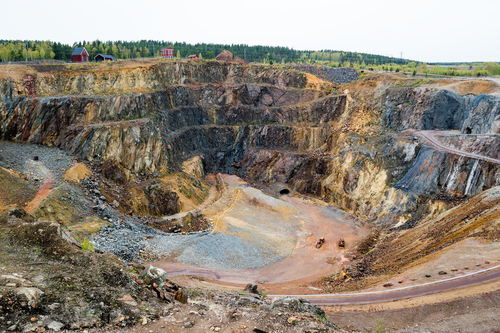
The Great Pit at Falun lies in the Dalarna Province in Sweden, and is a colossal copper mine. At its peak in the 1600s, the mine supplied two thirds of European copperwork requirement, around 3,000 tons of raw copper.
The mine was operational from the 1200s until 1992, producing some 30 million tons of ore during that time. The open-cast section of the mine site is 95m deep, 400m long and 350m wide, while the main shaft is 450m deep, with a further exploratory level located 150m below that.
1871
Kimberly Diamond Mine, South Africa
Discovered in 1871, Kimberly was the world’s largest diamond mine. Owned and operated by De Beers, it produced some 15 million diamonds. Despite excavation ending in 1914, the gigantic pit remains the fourth biggest mine site in the world, and is commonly known as ‘The Big Hole’.
The mine is 705ft deep and has a diameter of 1.6km, making it the biggest mine ever excavated by hand. It is so big that it can be seen from space.

1880s
Malakoff Diggins, US
During the gold rush in California in the second half of the 19th century, Malakoff Diggins was the biggest hydraulic mine in the world. Operated by the North Bloomfield Gravel Mining Company, the mine had a very short life, after a court injunction stopped miners from dumping tailings in the Yuba River, effectively stopping operations.
But between 1866 and 1884, some 41 million cubic yards of earth was extracted from the mine site. This created a cavern 7,000ft long, 3,000ft wide and 600ft deep, from which millions of dollars’ worth of gold were extracted.
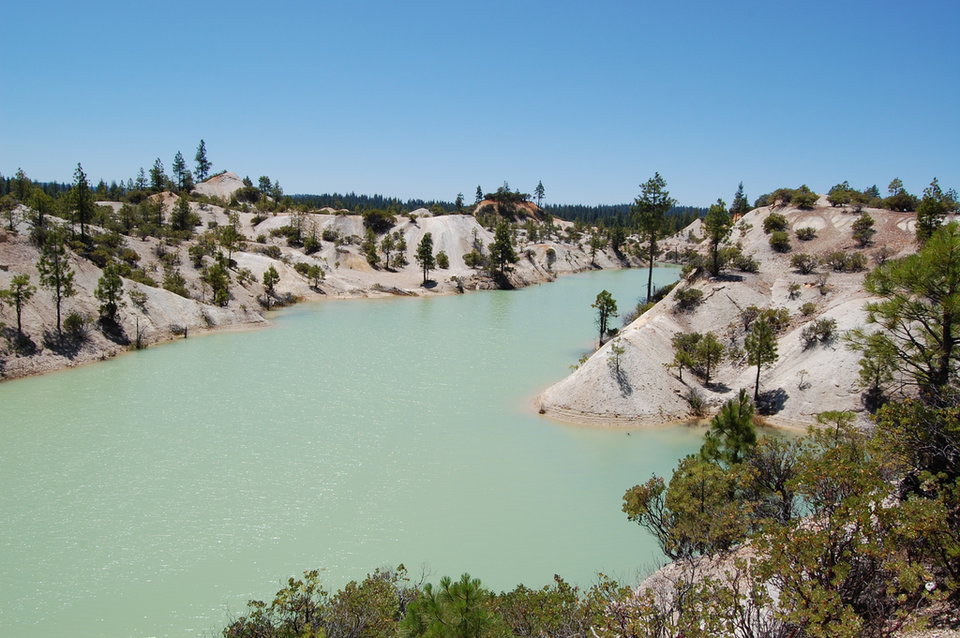
1895
Hull-Rust-Mahoning Mine, US
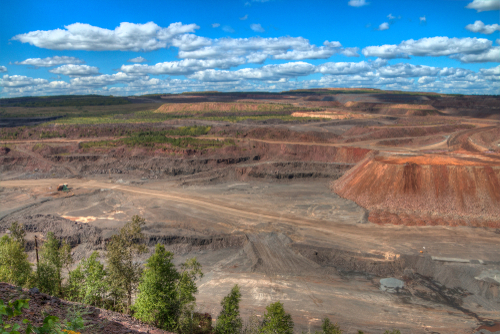
Originally opened in 1895, the Hull-Rust-Mahoning Mine in Minnesota is a giant. Measuring 8km long, 3.2km wide and 180m deep, the mine continues production today.
It began life as an underground iron mine, but soon began open-pit operations. It grew so quickly that by 1917, there was no land left around it to continue the necessary expansion. As a result, over a period of two years, and at a cost of $16m, almost 200 houses and 20 businesses were moved.
The mine is a national monument in Minnesota.
Present day
Bingham Canyon Mine, US
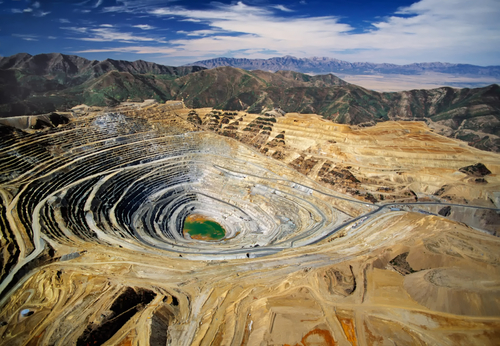
The world’s biggest open-pit mine currently is the Bingham Canyon Mine in Utah. The copper mine, which is part of Rio Tinto’s Kennecott operation, is roughly 4km wide and more than 1.2km deep.
The mine began production in 1906 and has produced more than 19 million tons of copper throughout its life, along with millions of ounces of gold, silver and molybdenum. It has been repeatedly expanded, and has gained an almost mythical reputation given its seemingly unending resources.

